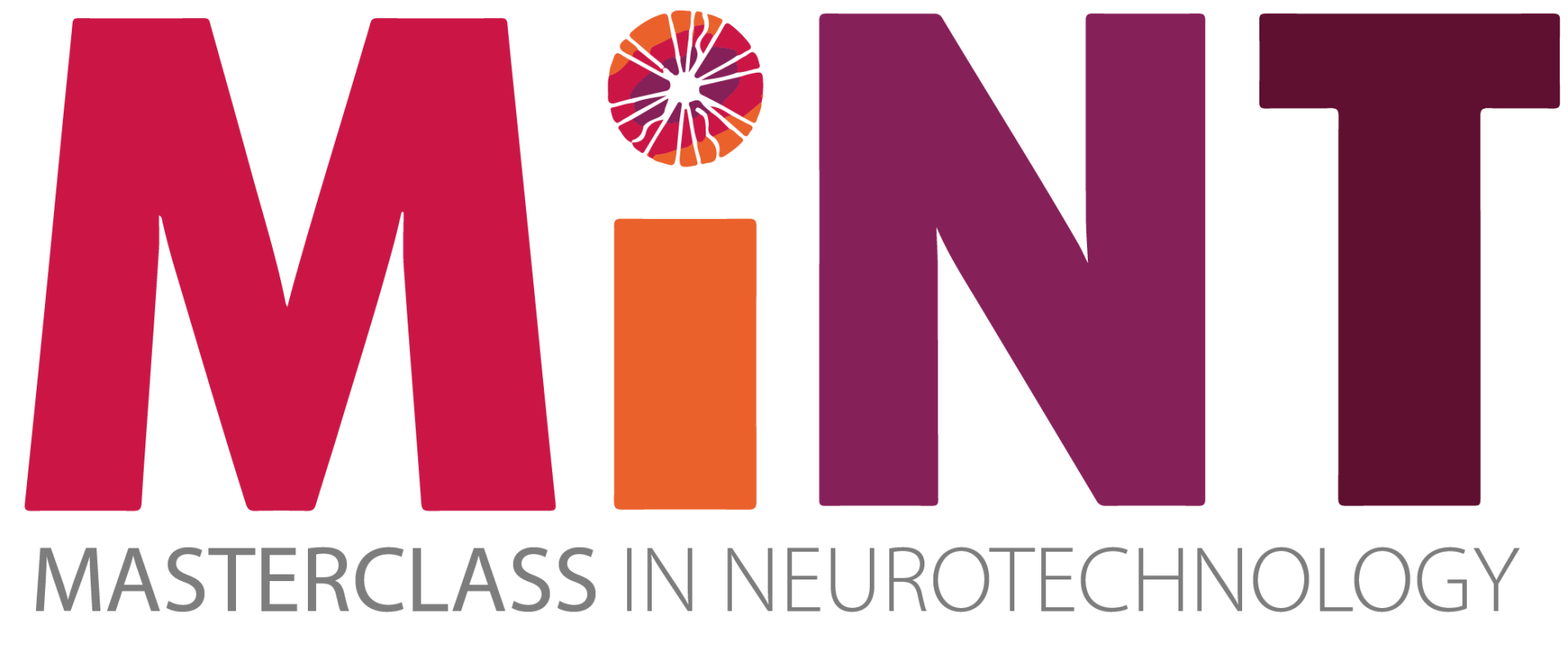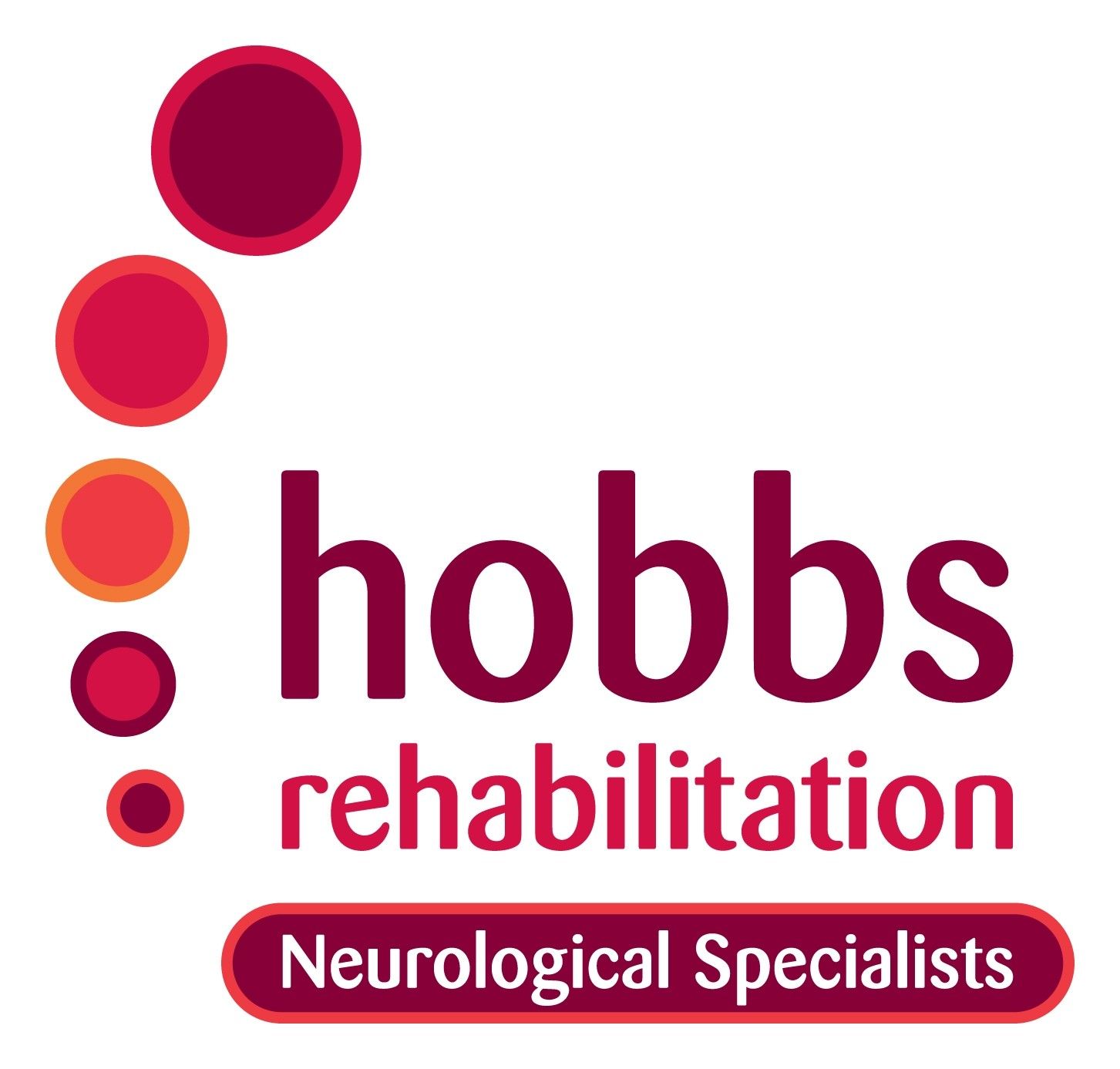Case Study: Valkyrie Eir Bands in Upper Limb Rehabilitation
Clinic: Hobbs Rehabilitation Winchester
Clinician: Anna Bion, Senior Neurological Physiotherapist
Date: 23 October 2025
Patient Profile: 46-year-old man with primary progressive multiple sclerosis (MS)
1. Introduction & Context
About The MiNT Academy:
2. Setup & Implementation
Setting: Outpatient clinic
-
Setup time: Less than 5 minutes for setup and calibration
-
Training: 90-minute group session provided by Ivan from Valkyrie
-
App & device setup: The Eir Bands connect seamlessly to the V-Health app on a dedicated smartphone. The app is intuitive and user-friendly, and device synchronisation was trouble-free.
-
Duration: 3 sessions over 3 weeks
3. Ease of Use
Clinician Perspective:
The Eir Bands and app were extremely easy to learn, apply, and adjust. The interface is well designed, both visually appealing and highly functional. The bands are lightweight, sleek, and easy to fit, with secure electrode connections. Adjustments within the app can be made quickly to tailor stimulation to individual needs. The only minor issue observed was that the electrodes lost adhesiveness faster than expected compared to other brands.
Patient Perspective:
Feedback from the patient was positive. He found the bands comfortable, attractive, and appreciated the wireless design. The simplicity of setup and the effectiveness of stimulation contributed to motivation and engagement throughout therapy.
5. Observed Outcomes
The device produced strong, comfortable muscle contractions while maintaining isolation of targeted muscle groups. The patient achieved movements previously impossible without assistance, enabling meaningful reach and grasp exercises. The Eir Bands’ design and intuitive app encouraged engagement and confidence during therapy.
Quantitative Results:
- Wrist and finger extension improved from 1/5 to 3/5 active movement strength.
- Shoulder external rotation improved from 2/5 to 3/5, and shoulder flexion improved from 1/5 to 3/5 following FES-assisted training.
- The patient demonstrated improved conditioning and proprioceptive feedback with repeated stimulation.
Adverse Events: None reported.
6. Discussion & Lessons Learned
What Worked Well:
The Custom Sequence mode was particularly effective for functional, repetitive tasks involving multiple muscle groups. The app’s adjustability and real-time control enhanced the precision and value of therapy sessions.
Challenges:
Electrode placement required some trial and error.
Resolution:
Helpful illustrated blog posts on Valkyrie’s website provided practical guidance for electrode placement and optimisation.
Comparison to Other NMES Systems:
The Eir Bands’ wireless design, smartphone control, and adjustability offered a significant improvement over previous NMES systems. The absence of technical issues further reinforced clinician confidence.
These findings reflect feedback from Hobbs Rehabilitation clinicians at The MiNT Academy, who are experienced in evaluating novel rehabilitation solutions and providing structured early-adopter insights.
7. Future Implementation & Recommendations
Suggested Improvements:
The current games and trigger-based modes felt less task-relevant. Incorporating EMG or motion-triggered stimulation, where electrical stimulation assists patient-initiated contractions, could make sessions more functional and interactive—particularly for lower limb applications.
Home Use Potential:
The clinician would feel confident prescribing Eir Bands for home use on simpler, single-joint tasks. More complex, multi-joint functional activities would benefit from supervision to ensure correct settings and safety.
Training & Support:
Practical patient workshops would enhance confidence and optimize outcomes for both clinicians and patients.
Long-Term Integration at Hobbs Rehabilitation:
Eir Bands are viewed as a valuable and versatile tool for upper limb functional rehabilitation. Patient trial or loan models could help integrate the technology into standard clinical practice.
8. Conclusion
“I have really enjoyed using the Eir Bands. They are easy to learn, fit, and set up. The app and device are responsive, reliable, and highly adjustable, making them ideal for functional upper limb repetitive tasks. The stimulation is effective, the design is sleek and practical, and I’ve had no technical difficulties—this gives me great confidence in using them regularly for rehabilitation.”
— Anna Bion, Senior Neurological Physiotherapist, Hobbs Rehabilitation/The MiNT Academy

Connect with us
As a previous NHS AHP Ward Manager, Alison has always worked within innovative therapy roles. This continues at The MiNT Academy, a growing neurotechnology platform combining clinical education and product development.
As Principle Investigator in technology trials, she has aided the development of devices from concept to market, with recent focusses on Virtual Reality and Exoskeletons. Alison has presented at and organised numerous national and international conferences, including as MiNT Chair at RehabWeek 2022. She has also completed a Post-Graduate Certificate in Medical Education and lectures at multiple UK academic institutions.
Alongside this, Alison works clinically at Hobbs Rehabilitation Intensive Neurotherapy Centre in Bristol, combining the use of therapy devices with conventional hands-on treatment, for outpatients with a variety of neurological conditions. Alison uses all of her roles to passionately drive forward the use of neurotechnology in clinical practice to optimise opportunities and outcomes for patients.
Chrissy trained as a teacher before embarking on her career in neurological rehabilitation and enjoys using her teaching skills in all areas of her work with Hobbs Rehabilitation and MiNT.
As Events Lead for The MiNT Academy, Chrissy is embracing the opportunity to discuss with fellow clinicians, academics and industry partners the benefits of using neurotechnology with our communication impaired clients, while encouraging further development in this vital area.
Outside of speech and language therapy, Chrissy enjoys swimming, singing with her local rock choir, baking, sewing, and camping with her family.
Trained in the Ekso GT, ReWalk and the Able Exoskeleton, Louis has 10 years’ of hands-on experience with these types of devices with a variety of medical conditions at Hobbs Rehabilitation. In this time, he also trialed a number of other exoskeletons on the market with the aim of exploring what fits the clinical and functional needs of the patient.
Louis has helped establish a research partnership between Hobbs Rehabilitation with The University of Winchester, which in 2019 published an article on the effects exoskeleton rehabilitation can have on the vascular system in the Journal of Spinal Cord Medicine. Louis has also contributed to publications for the Bionic Leg (Clinical Rehabilitation, 2020) and more recently the GMove Suit (PLOS One, 2025) with the University of Southampton.
In 2022 Louis was on the expert panel for the M.O.T.I.O.N project, exploring mechanical orthosis for children with neurological disorders. He is currently project managing the UK government funded, multi centered, Eurostars Project FREEDOM which looks to establish the first exoskeleton designed for people with Multiple Sclerosis.
With over a decade of commercial experience, Barry has worked with leading neurological rehabilitation MedTech companies in various roles, including clinical, business development, market access, and commercial operations. He has successfully assisted multiple organisations in shaping their business development, sales, marketing, and clinical strategy plans at different stages of commercialisation.

